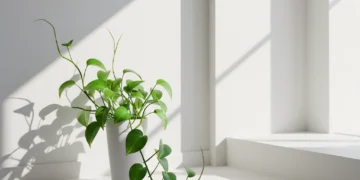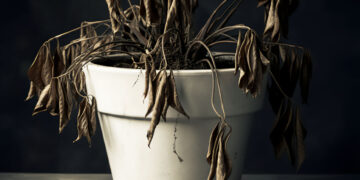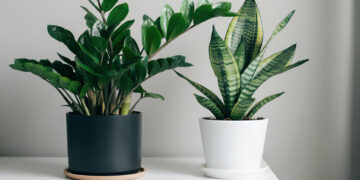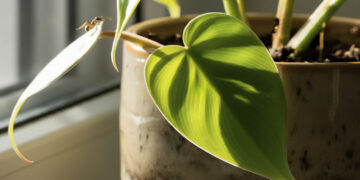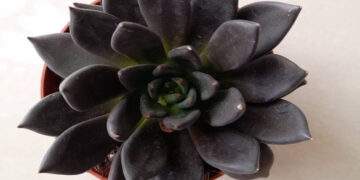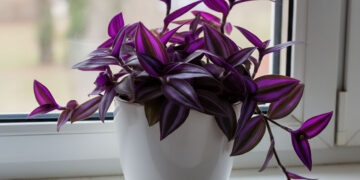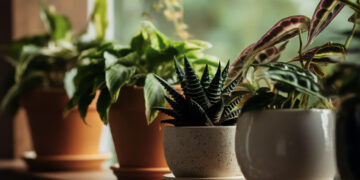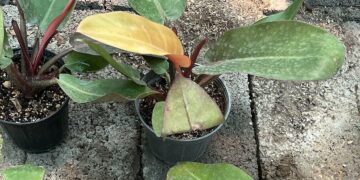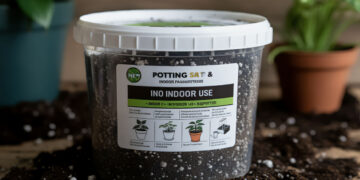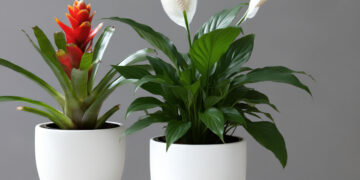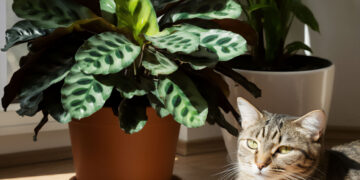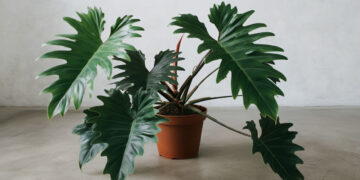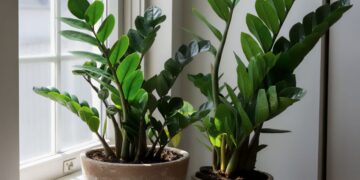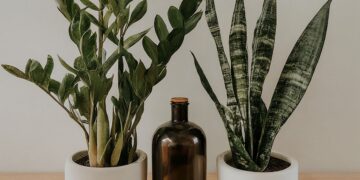First of all, it’s important to know that when the roots are completely rotten, the plant shows no new growth, the leaves are completely dry, or there is a severe infestation of pests or diseases with no improvement, it’s best to give up on reviving the plant. In such cases, replacing the plant is the best solution.

1. Take a Good Look at the Plant and Spot the Problem
Start by checking how your plant’s doing. Take a close look at the leaves, stems, and even the soil. Are the leaves yellow, brown at the edges, or drooping? Do the stems look weak or leggy? The soil can tell a lot too—feel if it’s too dry or too soggy. Also, think about the ph range soil your plant is growing in, as an incorrect pH can affect nutrient uptake and overall health.
Common culprits for a struggling plant include poor watering habits, lack of light, pests, nutrient shortages, or stress from the environment. Once you figure out what’s wrong, you can start fixing it.
2. Fix the Watering
Watering mistakes are super common. Too much or too little water can really hurt your plant, but they show different signs.
Overwatering
If you’re overwatering, the roots can drown. You’ll see yellowing leaves, mushy stems, and even mold on the soil. Root rot is the biggest worry, and it’s often smelly.
What to do: Stop watering right away. Let the soil dry out and check if the pot drains properly. If root rot’s set in, you’ll need to repot the plant in fresh soil and trim off any damaged roots. Using soil that drains well, like one with added perlite or sand, can prevent this in the future.
Underwatering
On the flip side, underwatered plants will have dry, brittle soil and drooping leaves. The soil might even shrink away from the sides of the pot.
What to do: Give the houseplant a good soak, making sure the water reaches the roots. Set a regular schedule for watering houseplants, keeping in mind that some plants like moist soil, while others need it to dry out between waterings.
3. Check the Light
Light is like food for plants. Without enough or with too much, your plant could be struggling.
Not enough light
When your plant is stretching tall with pale, small leaves, that’s a sign it’s not getting enough light. It’s trying to reach for more!
What to do: Move the plant closer to a window, especially one that faces south or west, where there’s more sunlight. Some best indoor houseplants for low light, like snake plants or pothos, can thrive even with limited light. If that’s not possible, try using grow lights.
Too much light
Scorched or bleached leaves usually mean the plant is getting too much direct sunlight.
What to do: Move the plant to a spot with filtered light or use sheer curtains to block some of the direct sun. Many tropical plants do better with indirect sunlight, so protecting them from strong rays is a must.
4. Look Out for Pests and Diseases
Pests and diseases can take down a plant fast. Keep an eye out for them.
Pests
Look for sticky spots, webs, or damaged leaves. Common pest houseplant problems include spider mites, aphids, and mealybugs.
What to do: Move the plant away from others to stop the spread. Wipe the leaves down with a damp cloth, and apply neem oil or insecticidal soap. It might take a few rounds of treatment since pests can be stubborn.
Diseases
Fungi, like powdery mildew or root rot, can pop up from poor air circulation or overwatering. You might see discolored leaves or smelly, mushy roots.
What to do: Cut away the diseased parts. Increase airflow around your plants and consider using a fungicide. Just follow the instructions carefully to prevent it from coming back.
5. Check the Soil and Give Nutrients
Healthy soil is key for your plant to recover. If the soil is compacted or lacking in nutrients, it could be stunting your plant’s growth.
Soil problems
Compacted or poor-draining soil can choke the roots, leading to rot. For many easy care houseplants, ensuring proper drainage and nutrient content can prevent major issues down the line.
What to do: Repot the plant using a well-draining mix. Add things like perlite, sand, or bark to improve aeration. Always ensure the pot has good drainage.
Nutrient deficiencies
If the leaves are pale, the plant is growing slowly, or the stems seem weak, your plant might need more nutrients.
What to do: Use a balanced, water-soluble fertilizer, but don’t go overboard. Too much fertilizer can burn the roots. Only feed your plant during its growing season—most plants don’t need extra food when they’re dormant.
6. Prune and Clean the Houseplant
Trimming dead or diseased parts of the plant encourages healthy growth and keeps it looking its best. Cut away any yellowing or dead leaves to stop pests and mold from taking over. If your plants become leggy, trim the stems to promote a bushier appearance. Clean houseplant leaves with a damp cloth to help them absorb light more effectively and to prevent dust buildup.
7. Adjust the Environment
Plants are sensitive to changes in their surroundings. Temperature, draft, and humidity all play a role in their health.
Temperature
Most houseplants like it between 65-75°F (18-24°C). Big temperature swings, either from drafts or heat, can make the plant drop leaves or wilt.
What to do: Keep your plant away from cold windows, air conditioners, and heaters. A stable environment will help it recover faster.
Humidity
Tropical houseplants, love humidity, and dry air can cause the edges of their leaves to crisp up.
What to do: Boost humidity by grouping plants together or using a tray of water with pebbles. A humidifier works even better. Misting is a temporary fix but not a long-term solution.
8. Be Patient
Bringing a plant back from the brink takes time. Don’t expect instant results, and don’t overreact by making too many changes. After you’ve made adjustments, give the plant a few weeks to show improvement. Check on it regularly but avoid fussing with it too much. Slow, steady care usually works best. Many common houseplants, such as pothos or spider plants, are resilient, but they still need time to recover after changes are made.
If you have any questions about dying houseplants, feel free to ask me in the comments. I’ll do my best to help with what I know.
source:
